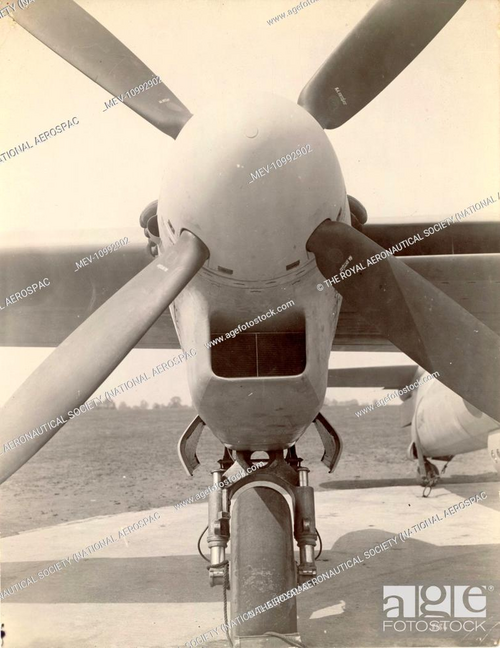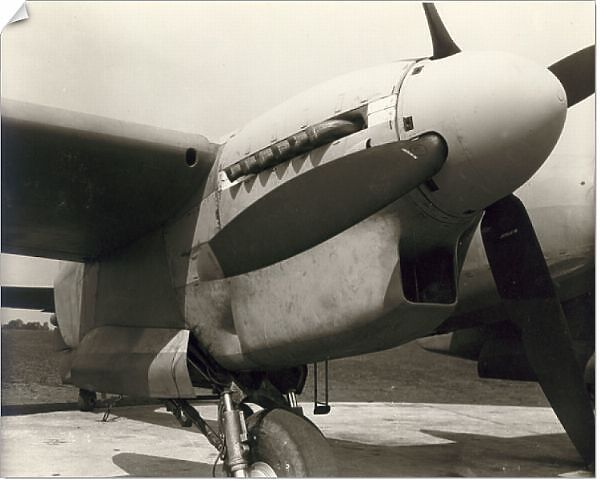BarnOwlLover2
ACCESS: Confidential
- Joined
- 31 October 2022
- Messages
- 66
- Reaction score
- 72
Anyone have any info about this version of the Welkin? I know that one was built and was photographed in Jane's All the World's Aircraft 1947 edition. Of note is that it used chin radiators instead of the in-wing versions typical of the Welkin.
Also, I'm new here, and I posted this here since it was actually built (what was done with it I don't know). But if this fits better somewhere else, feel free to move it there.
Also, I'm new here, and I posted this here since it was actually built (what was done with it I don't know). But if this fits better somewhere else, feel free to move it there.


